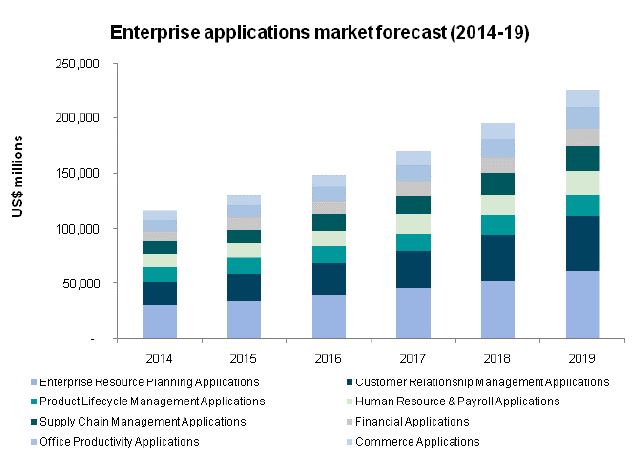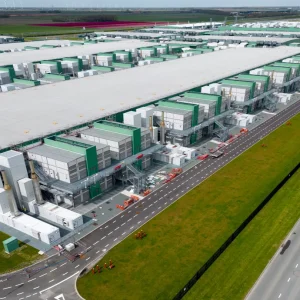
Enterprise applications are vital to most organisations’ infrastructure but they are being significantly impacted by a number of trends.
The applications help to connect, access and analyse information that are across silos of data, in order to create value across the business.
Trends are not just impacting the enterprise applications market, but also the vendor landscape including the omni-channel user experience.
The rapid rise of mobility in enterprises is creating a newer set of software development tools and frameworks. These help developers to create more interactive and innovative enterprise mobile apps.
HTML5, CSS3 and JavaScript are all helping to create cross-platform compatibility across various mobile browsers.
Big Data and analytics-based mobile enterprise applications are also impacting the market. The integration of Big Data and analytics is being driven by the need of companies to manage the masses of data they create.
Vendors such as SAP have responded to this by augmenting its in-memory SAP HANA enterprise apps development platform with Big Data and analytics features.
Developments in IoT have enabled machine communication with enterprise applications such as CRM, SCM, and ERP. The impact on vendors is that they are designing applications to respond to requests sent from IoT devices, in more valuable ways.
One of the key elements of these developments with IoT is that enterprise applications can collect and analyse customer and business information in real-time, without the need for human interaction.
The growing traction of cloud computing and multi-tier ERP systems has been impacting enterprises and vendors for a number of years.
Vendors such as Microsoft, SAP, Oracle and IBM all support cloud-based enterprise applications. For enterprises that are using applications for business critical and sensitive information, they are usually running a private SaaS solution.
Public cloud is typically preferred for CRM and commerce applications, private cloud is preferred for the more sensitive information as it is typically seen as being more secure.
Enterprises looking to deploy applications within their premises typically opt for a PaaS model, this is because it facilitates enterprise applications’ development in the cloud.
Cloud has also boosted the adoption of multi-tier ERP systems, these act as an add-on to the standalone or centralised ERP solution. This model allows firms to keep an on-premise ERP strategy at centralised locations and have cloud-based ERP solutions for strategic business units.
The growing traction has led to established ERP vendors to team up with cloud-based ERP vendors in order to offer two/multi-tier ERP services. This is apparent with Oracle and NetSuite.
The research is based upon a strategic focus report from Kable.
The full report can be accessed here.






